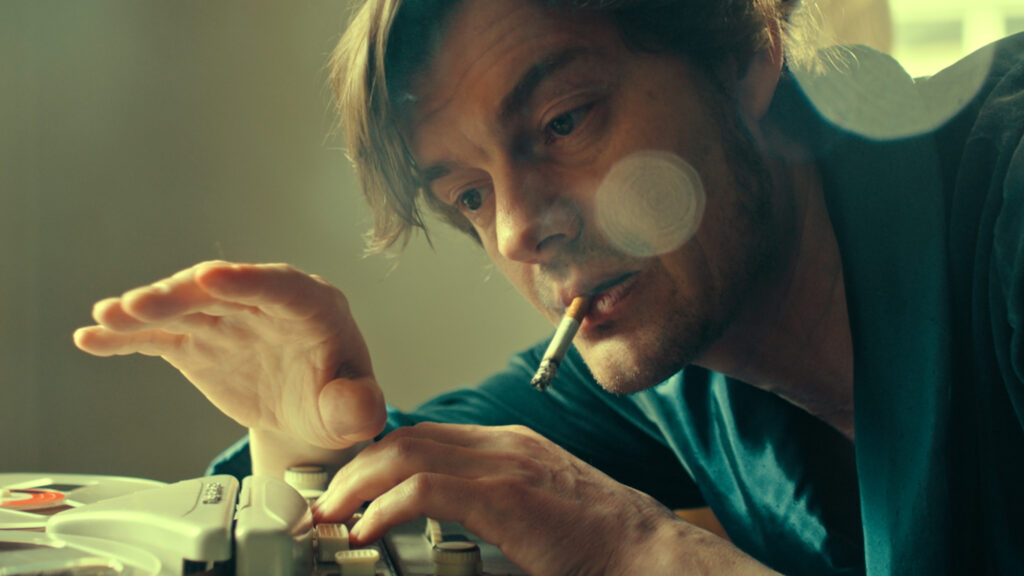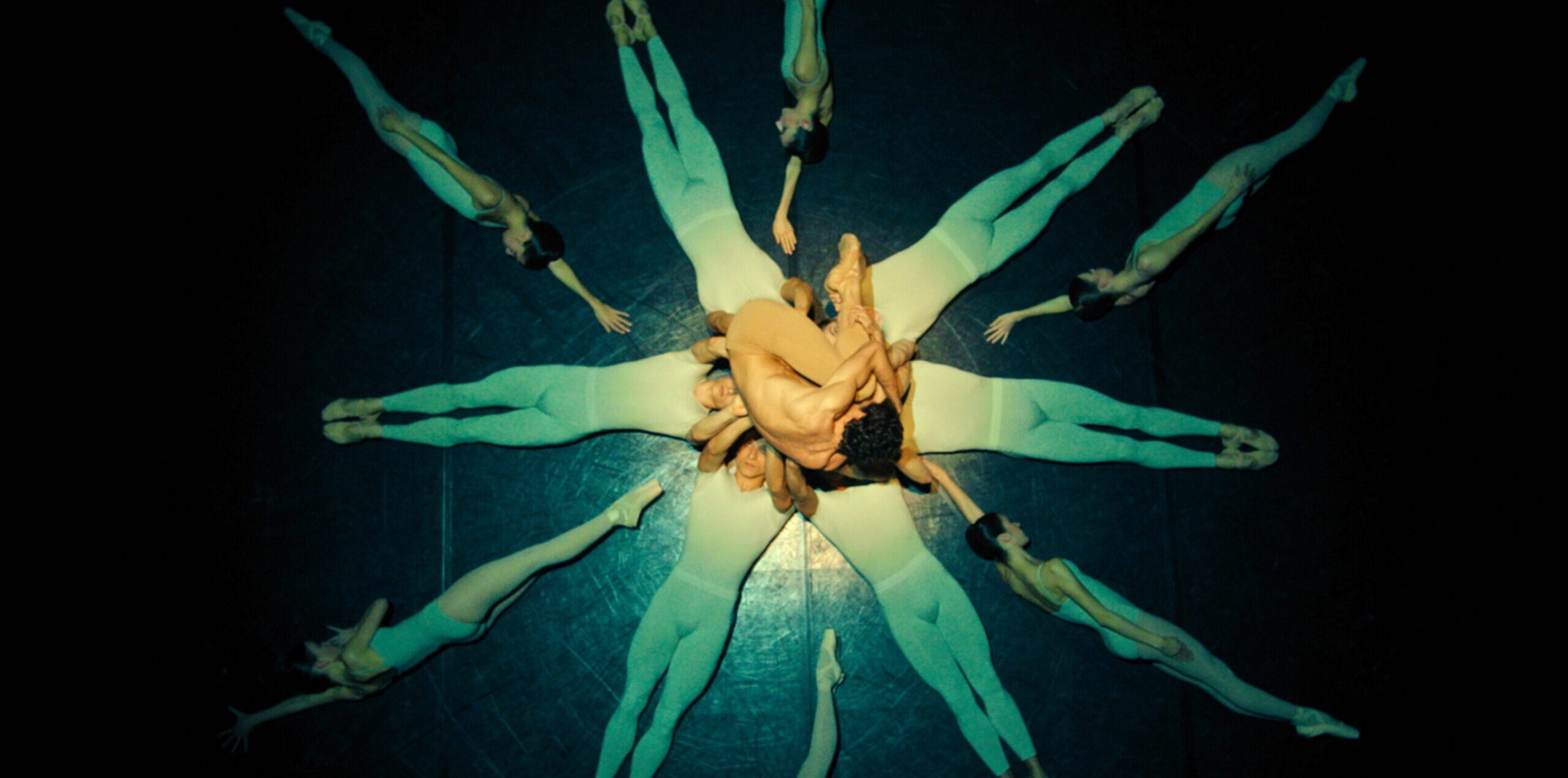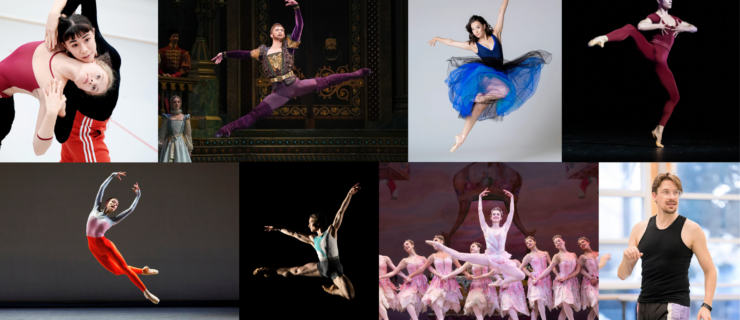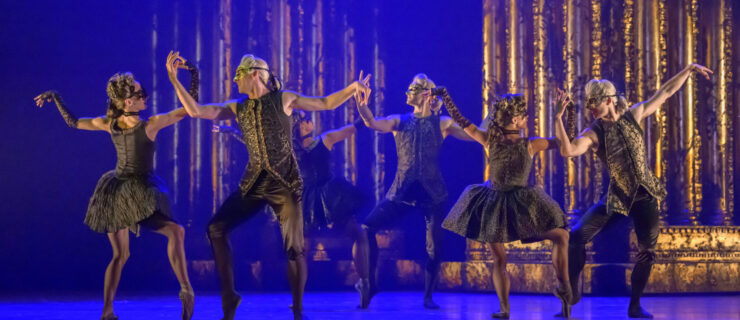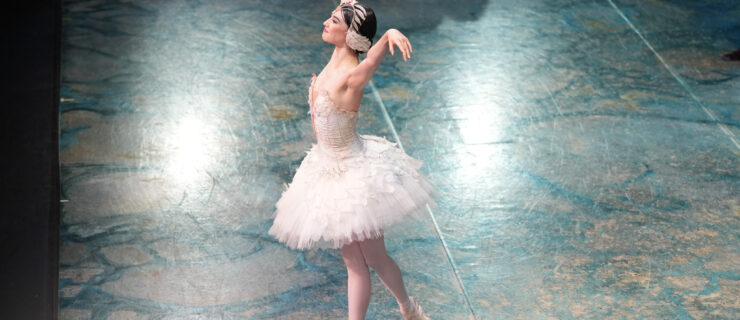Stuttgart Ballet Dancers Star in New John Cranko Biopic
When choreographer John Cranko arrived in Stuttgart in 1961, few suspected that the “Stuttgart Ballet miracle,” as people call the company’s era under his direction, was preparing for a grand entrance on the world stage.
A new German-language biopic, John Cranko makes its North American premiere at the Palm Springs International Film Festival January 9–12 and details the Stuttgart Ballet’s rise to international status. Cranko, the company’s artistic director from 1961–73, is played by British actor Sam Riley. Throughout the film, Cranko works his genius while battling his 1959 prosecution in England for being gay, as well as his alcoholism, loneliness, and manic eccentricities, until his untimely death in 1973. Current dancers from the Stuttgart Ballet portray legendary company dancers Birgit Keil, Richard Cragun, Heinz Clauss, Egon Madsen, and, most significantly, Cranko’s great muse, Marcia Haydée.
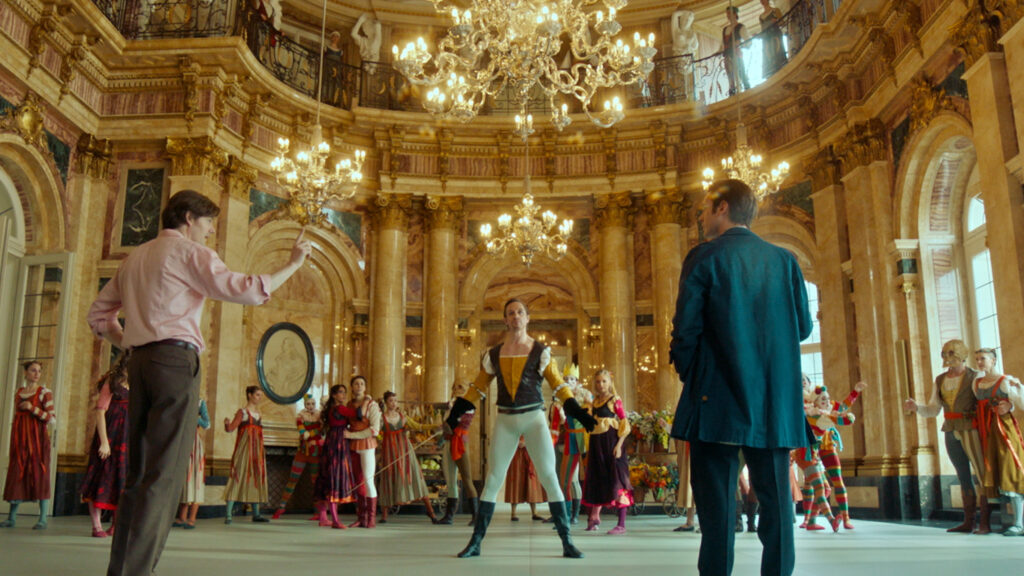
Principal dancer Elisa Badenes was chosen to play Haydée, who clearly embodied Cranko’s impassioned, operatic style. “Never could I imagine that I would be part of such a thing!” says Badenes, who didn’t even have to audition for the role. “[The filmmakers] sat the dancers in a studio and told us they were going to do a movie about Cranko.” She initially thought she would just be dancing but quickly learned that she would also carry a major acting part. Although the amount of German dialogue was intimidating for Badenes, who is originally from Spain, the director Joachim A. Lang and veteran actor Riley shepherded her through the process.
But interpreting Haydée’s life and dancing, including her close relationship with Cranko and her triumph during the company’s New York City debut in 1969, was still daunting. “I’ve known Marcia for many years. I had worked with her before and I had always admired her,’ ” says Badenes, who has danced in several roles Cranko created on the Brazilian ballerina: Juliet, Tatiana in Onegin, Katherina in The Taming of the Shrew, and Odette/Odile. The responsibility of portraying such an important figure in ballet history was overwhelming, Badenes says, “but then Marcia gave me the best advice: She told me to be myself! And that is what I did.”
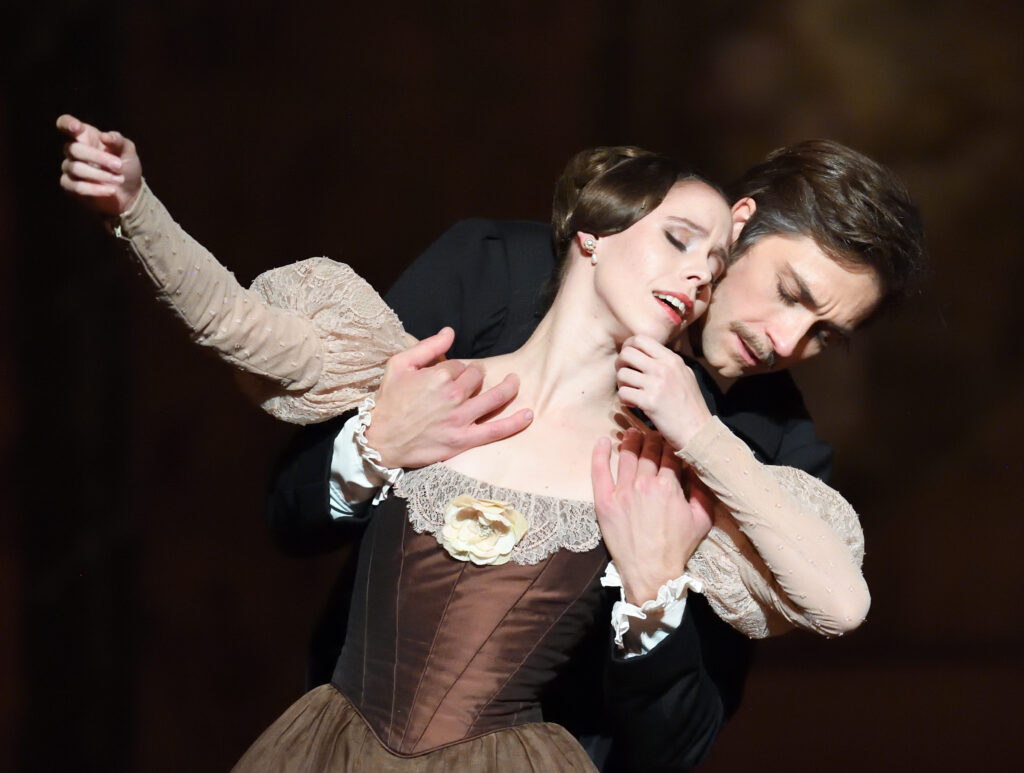
“I’m over the moon she’s playing me,” said Haydée in an interview with Stuttgarter Zeitung magazine. “Seeing Elisa on the screen, I fell in love with myself all over again.” (A touching moment at the end of the film shows the surviving Stuttgart Ballet stars with their cinematic counterparts.)
For the role of Heinz Clauss, who originated the title role in Onegin and several leads in other Cranko classics, Lang chose principal Friedemann Vogel. The experience directly hit home because it was Clauss, then the director of the John Cranko School, who had auditioned Vogel for the academy when the native Stuttgarter was a boy. “I didn’t know at the time how important Heinz Clauss was to Cranko’s legacy,” says Vogel. In researching the history, he says, “my most valuable source of information was Marcia [Haydée], who patiently answered my questions.”
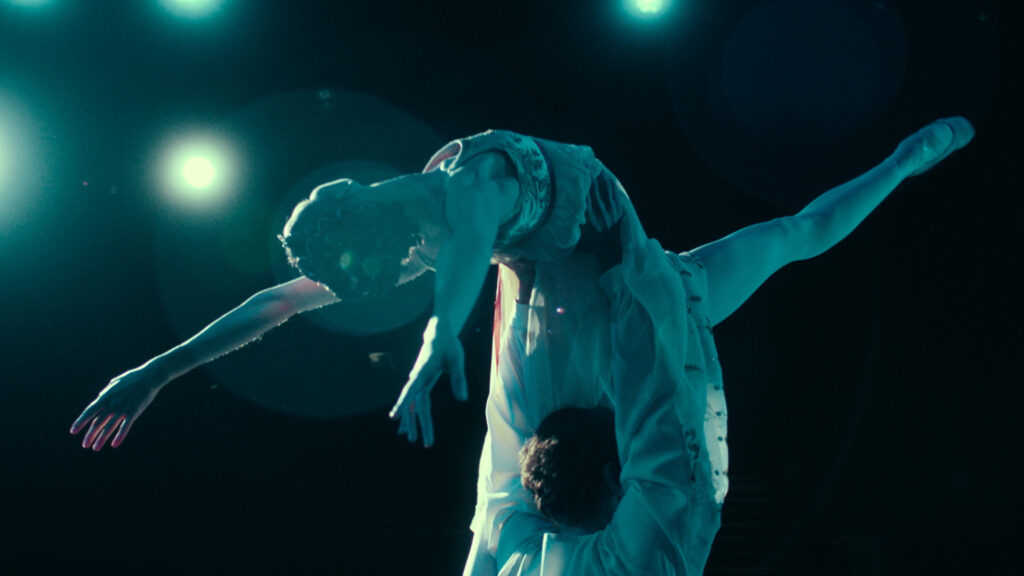
Although Vogel never met Cranko, the choreographer has been a constant inspiration in his career. “Working on the film has certainly heightened my awareness of how his life impacted his creative process,” says Vogel, who in July was honored for his 25th year with the company. “And what a unique and precious way to learn about the company during its golden years.”
Badenes noticed the revolutionary spirit of the Stuttgart miracle when she joined the company 15 years ago: “The people who worked under Cranko still demand this principle today,” she says: “What are the barriers of ballet today that we can overcome?” She also feels she knows Cranko through his ballets, describing his “sensitivity, how he saw the world and society and specifically, together with Marcia, how they changed the figure of the ballerina and made her more human.” In Vogel’s view, Cranko’s mastery of the communication of movement is so extraordinary. “The choreography is distilled down to the essential, and the end result is clarity,” he says.
Making the film, says Badenes, not only made her more aware of Cranko’s personal life and struggles, it also changed the way she dances the Cranko roles: “I can’t really explain what it is, but I felt that I’ve lived those stories, and it brought me closer to them.”
